Confused by the intricate details of your eye glass prescription? This comprehensive guide cuts through the complexity, empowering you to fully understand your vision needs and make informed eyewear choices. Whether you’re deciphering spherical powers, cylindrical corrections, or selecting stylish readers reading glasses, we provide the clarity you need to achieve optimal visual comfort and performance.
Understanding Your Eyeglass Prescription
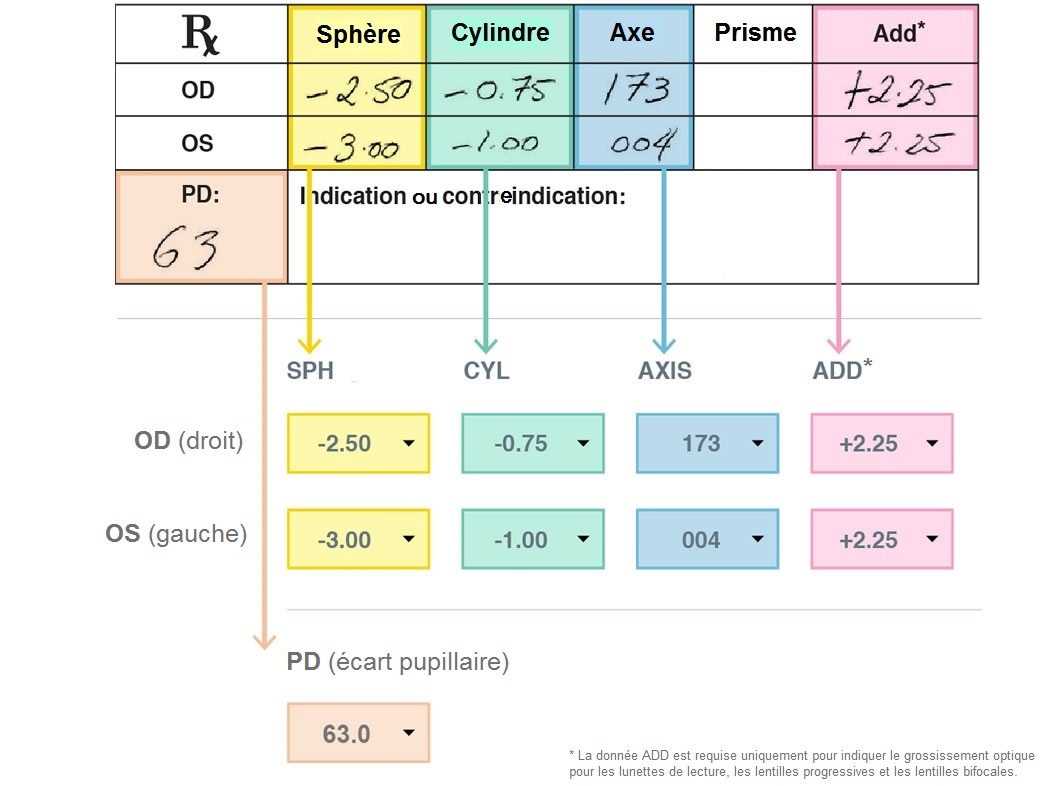
Navigating the details of your eyeglass prescription can initially seem complex, filled with various numbers and abbreviations. However, deciphering this crucial document is fundamental to ensuring you receive the correct and most effective eye glass prescription for your visual needs. Each symbol and numerical value holds specific information about your vision and the type of corrective lenses required to achieve optimal clarity and comfort. This section will guide you through understanding these essential components, empowering you to make informed decisions about your eyewear.
Decoding Your Eye Glass Prescription Numbers
Your eye glass prescription is a precise record of the optical power needed to correct any refractive errors. Understanding each element allows you to comprehend your specific vision challenges and how your lenses address them. This section breaks down the common terms and measurements found on your optical script.
Interpreting Common Abbreviations and Values
The first step to understanding your eye glass prescription involves recognizing standard abbreviations. “OD” stands for Oculus Dexter, referring to your right eye, while “OS” means Oculus Sinister, indicating your left eye. Sometimes, “OU” (Oculus Uterque) is used for both eyes. Following these, you’ll find numerical values under various headings.
“SPH” (Sphere) represents the main lens power, correcting for nearsightedness (myopia) or farsightedness (hyperopia). A minus sign (-) indicates myopia, meaning you have difficulty seeing distant objects clearly. A plus sign (+) denotes hyperopia, where close-up vision is challenging. The higher the number, the stronger the corrective lens power.
“CYL” (Cylinder) and “AXIS” are values related to astigmatism, a common condition where the eye’s cornea or lens has an irregular curvature. The “CYL” number indicates the lens power needed to correct astigmatism. “AXIS” specifies the orientation or angle (from 1 to 180 degrees) at which the cylinder power is applied to correct the astigmatism. If you have no astigmatism, these fields may be blank or marked “SPH.”
“ADD” (Addition) power is used for multifocal lenses, such as bifocals or progressive lenses. This positive number represents the additional magnifying power required for near vision, typically for individuals with presbyopia, an age-related condition affecting close-up focus. This value is always positive and typically the same for both eyes.
Essential Metrics for Corrective Lenses
Beyond the basic abbreviations, certain metrics are critical for crafting effective corrective lenses. The spherical (SPH) and cylindrical (CYL) values are the most fundamental in determining your lens power. These numbers define the exact curvature and strength your lenses need to bend light correctly onto your retina. An accurate assessment of these prescription values ensures clear, sharp vision at all necessary distances.
The precision of these measurements directly impacts your visual acuity and comfort. Any slight deviation can lead to blurred vision, eye strain, or headaches. Therefore, opticians meticulously verify these optical measurements to guarantee your lenses provide the exact vision correction specified by your optometrist. These metrics are the cornerstone of your entire eye glass prescription, influencing the thickness and design of your lenses.
Key Measurements Beyond Vision Correction
While sphere, cylinder, and axis values dictate the optical power of your lenses, other measurements on your glasses prescription are equally vital for ensuring a comfortable fit and optimal visual performance. These factors contribute significantly to how well your eyewear functions and feels on your face.
The Importance of Pupillary Distance for Glasses Prescription
One of the most critical measurements often overlooked by customers is Pupillary Distance (PD). PD refers to the exact distance, measured in millimeters, between the centers of your pupils. This measurement is crucial because it ensures that the optical center of each lens aligns perfectly with the center of your pupils. When the optical centers are misaligned, it can create a prismatic effect, causing distorted vision, eye strain, and headaches, even if the eye glass prescription power is correct.
An accurate PD for glasses is paramount for comfortable vision and proper lens performance, especially with stronger prescriptions or progressive lenses. It prevents unwanted prismatic effects that can pull your eyes in different directions. Many opticians measure both distance PD and near PD, as the eyes converge slightly when focusing on close objects. If you’re looking to purchase new eyewear, understanding your PD is crucial for a perfect fit, which you can explore further when searching for new eye glass prescription options that meet your needs.
Understanding Cylinder, Axis, and Add Values
Delving deeper into astigmatism correction, the cylinder value indicates the amount of lens power needed to correct the irregular curvature of your eye. Unlike the sphere, which corrects overall nearsightedness or farsightedness, the cylinder specifically corrects for differences in curvature across different meridians of the eye. The axis degree (ranging from 1 to 180) pinpoints the precise orientation of this astigmatism. For example, an axis of 90 degrees means the astigmatism is vertical, while 180 degrees indicates a horizontal orientation. Both cylinder and axis are indispensable for individuals with astigmatism to achieve sharp, unblurred vision.
The add power is exclusively for patients requiring multifocal vision solutions, such as those with presbyopia. This value represents the additional magnifying power that is “added” to the distance prescription in the lower portion of the lens, enabling clear focus for reading and other near tasks. Unlike single vision lenses, progressive lenses and bifocals utilize this add power to provide a seamless transition between distance, intermediate, and near vision. Beyond understanding your specific corrective needs, remember that your choice of frame also plays a significant role in your overall appearance. To explore more about eyewear as a fashion statement, you might find our guide on fashion glasses for men insightful, especially for those considering how their new eye glass prescription fits into their personal style in 2025.
Obtaining and Renewing Your Eyeglass Prescription
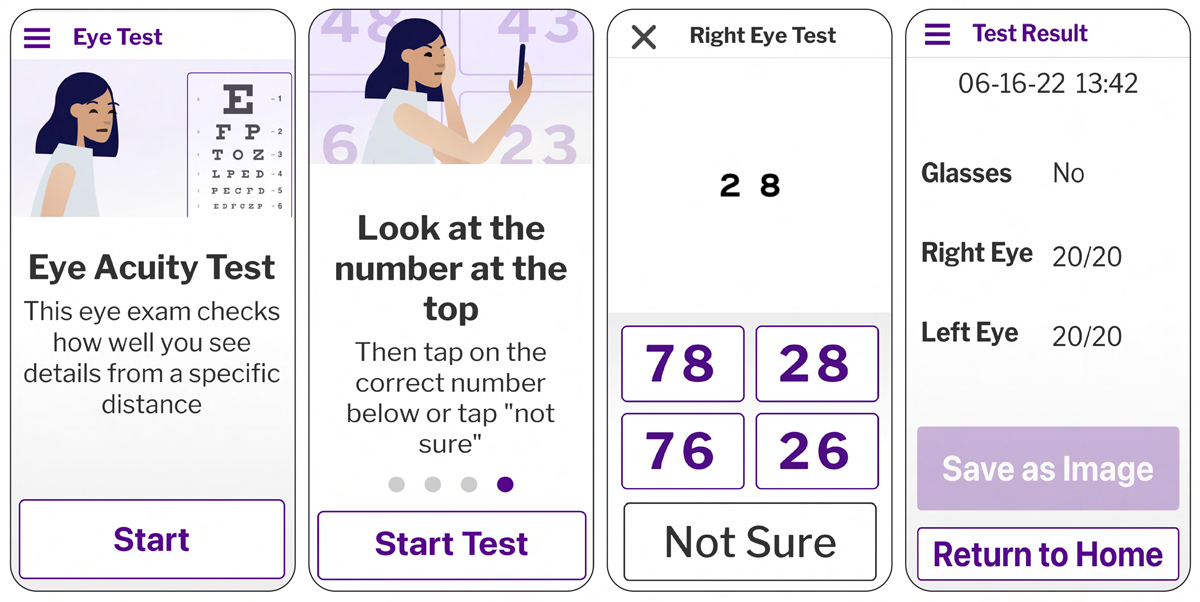
Securing an accurate eye glass prescription is the foundational step towards achieving clear vision. In 2025, consumers have multiple avenues for obtaining or renewing their prescriptions, ranging from traditional in-person visits to modern online solutions. Each method offers distinct advantages and considerations regarding thoroughness, convenience, and health assessment. Understanding these options empowers you to select the best approach for your individual vision and eye health needs.
Traditional Eye Exams Versus Online Eye Exams
Choosing between a conventional in-person eye examination and an emerging online eye test for your vision prescription involves weighing different factors. Both methods aim to determine your necessary corrective lens power, but they differ significantly in scope and diagnostic capability. Your decision should align with your specific eye health status and convenience preferences.
Benefits of Comprehensive In-Person Eye Health Assessments
A comprehensive in-person eye exam remains the gold standard for obtaining an eye glass prescription and ensuring overall eye health. During a traditional visit, an optometrist performs a detailed eye check-up that goes beyond simply measuring visual acuity. They can detect underlying health issues, such as glaucoma, cataracts, or diabetic retinopathy, often before symptoms appear. This preventative care is crucial for maintaining long-term ocular health and vision.
These assessments also include precise measurements for pupillary distance and segment height, which are vital for crafting perfectly fitted lenses. The personalized interaction allows for direct discussion of any visual discomfort or specific lifestyle needs. Such thorough evaluations provide peace of mind and ensure the most accurate corrective lens prescription.
Exploring Online Eye Test Accuracy for Prescription Renewal
Online eye tests offer a convenient alternative, primarily for renewing an existing eye glass prescription or for individuals with stable vision. These digital eye exams typically assess refractive errors using a smartphone or computer screen, providing a basic measurement of your spherical and cylindrical power. They are particularly useful for those seeking a quick update to their existing eyewear prescription without visiting an optometrist’s office.
However, it’s crucial to understand their limitations. Online tests cannot evaluate the health of your eyes, detect diseases, or measure intraocular pressure. They are not suitable for individuals experiencing new symptoms, changes in vision, or those with complex eye conditions. For a comprehensive solution that offers convenience without compromising on quality, exploring platforms that combine digital precision with professional oversight can lead to the best online prescription eyeglasses experience.
Differentiating Eye Care Professionals for Your Prescription Needs
When seeking an eye glass prescription, it is essential to understand the roles of various eye care professionals. While both optometrists and ophthalmologists are qualified to provide vision correction, their training, scope of practice, and areas of expertise differ significantly. Knowing these distinctions ensures you consult the most appropriate specialist for your specific vision and eye health requirements.
Optometrists: Your Primary Vision Care Providers
Optometrists are primary healthcare professionals who specialize in routine eye care. They are trained to perform comprehensive eye exams, diagnose common eye conditions, and prescribe corrective lenses, including eyeglasses and contact lenses. Many individuals rely on an optometrist for their annual vision check-ups and to update their eye glass prescription. They also provide pre- and post-operative care for certain eye surgeries and manage common eye diseases.
Their expertise lies in assessing visual function, detecting refractive errors, and recommending appropriate vision solutions. Optometrists play a vital role in educating patients on eye health and preventative measures. If you are due for a routine check-up or need a new vision prescription, an optometrist is typically your first point of contact.
Ophthalmologists: Medical and Surgical Expertise for Eye Health
Ophthalmologists are medical doctors (MDs or DOs) who have undergone extensive training in general medicine, followed by specialized residency in eye and vision care. This comprehensive background allows them to perform eye surgery, diagnose and treat all eye diseases, and prescribe medications. They are qualified to provide medical and surgical expertise for complex eye health issues, such as cataracts, glaucoma, macular degeneration, and retinal detachments.
While ophthalmologists can also provide eye glass prescriptions, their primary focus is on medical and surgical interventions. Patients are typically referred to an ophthalmologist by an optometrist or another physician when a medical eye condition is suspected or requires specialized treatment. For those needing a new eye glass prescription that also addresses underlying medical conditions, it’s essential to choose a provider who can address all aspects of your eye health. If you are ready to find a new pair of glasses based on your updated prescription, you can easily explore suitable frames and lenses by visiting online eye glass prescription options that fit your needs.
Understanding Corrective Lenses and Their Features
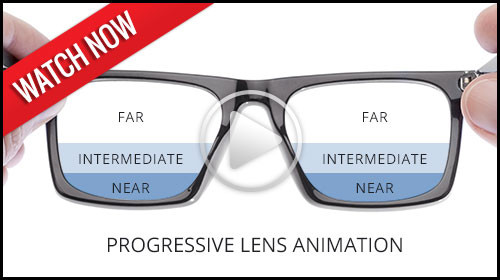
Once you have secured an accurate eye glass prescription, the next critical step is selecting the appropriate corrective lenses and their enhancing features. Modern optical technology offers a wide array of lens materials and coatings, each designed to optimize vision, comfort, and durability. Making informed choices about your eyeglass lenses ensures that your new eyewear perfectly matches your lifestyle and visual needs.
Choosing the Right Type of Eyeglass Lenses
Selecting the ideal type of eyeglass lenses is crucial for achieving optimal vision correction and comfort. Beyond your specific vision prescription, various lens materials and designs cater to different visual requirements and lifestyle factors. Understanding these options will empower you to make the best decision for your new glasses.
Material Options: Polycarbonate, High-Index, and Trivex Lenses Benefits
The material of your corrective lenses significantly impacts their thickness, weight, and impact resistance. Each material offers distinct benefits. Polycarbonate lenses are known for their exceptional impact resistance, making them an ideal choice for children, active adults, and safety glasses. They are also thinner and lighter than standard plastic lenses, offering a more comfortable fit.
High-index lenses are specifically designed for individuals with stronger eye glass prescriptions. Their unique composition allows them to bend light more efficiently, resulting in significantly thinner and lighter lenses compared to standard plastic or polycarbonate. This reduced bulk enhances aesthetics and comfort, especially for those with severe refractive errors. Trivex lenses, a newer alternative to polycarbonate, offer a combination of excellent impact resistance, superior optical clarity, and lightweight comfort. They are often recommended for rimless or semi-rimless frames due to their strength and drill-resistance, providing durable vision correction.
Single Vision Versus Progressive Lenses Explained
Understanding the distinction between single vision and progressive lenses is essential for matching your eyeglass prescription to your visual demands. Single vision lenses correct one field of vision, either for distance, intermediate, or near tasks. They are typically prescribed for individuals with myopia (nearsightedness), hyperopia (farsightedness), or astigmatism who require correction for a single focal point. These lenses offer clear, consistent vision for their designated purpose, making them straightforward and effective for many users.
Progressive lenses, often called “no-line bifocals,” provide a seamless transition between multiple fields of vision within a single lens. They are ideal for individuals with presbyopia, a common age-related condition that affects near vision. These multifocal lenses allow you to see clearly at distance, intermediate, and near ranges without the visible lines found in traditional bifocals. While requiring an adjustment period, progressive lenses offer unparalleled convenience and a natural viewing experience for tasks like driving, working on a computer, and reading. For those seeking advanced vision solutions that offer both clarity and value, exploring options like inexpensive progressive lens glasses can significantly enhance your daily visual comfort.
Enhancing Your Lenses with Specialized Coatings
Beyond the lens material and design, various specialized coatings can significantly enhance the performance and durability of your corrective lenses. These additional treatments protect your eyes, improve visual clarity, and extend the lifespan of your eyewear. Investing in quality lens coatings can elevate your overall experience with your new glasses.
The Role of Anti-Glare Coating for Glasses and UV Protection
An anti-glare coating, also known as anti-reflective (AR) coating, is a vital enhancement for eyeglasses. This optical coating eliminates reflections from the front and back surfaces of your lenses, allowing more light to pass through. The primary benefits include reduced eye strain, improved visual clarity, and enhanced aesthetics. It significantly minimizes distracting reflections from computer screens, overhead lighting, and oncoming headlights, making it indispensable for night driving and extensive screen use.
Furthermore, UV protection is a critical feature that should be present on all eyeglass lenses. Prolonged exposure to ultraviolet (UV) radiation from the sun can contribute to serious eye conditions, including cataracts and macular degeneration. Many lens materials inherently block some UV light, but a dedicated UV-protective coating ensures 100% protection against harmful UVA and UVB rays. This crucial layer acts as a sunscreen for your eyes, safeguarding your ocular health against environmental damage.
Debunking Myths: Blue-Light Glasses and Computer Vision Syndrome Treatment
The market for blue-light glasses has grown significantly, claiming to mitigate digital eye strain and protect against harmful blue light emitted from digital screens. While some studies suggest a potential benefit in reducing glare and improving contrast, the scientific consensus regarding their effectiveness in preventing long-term eye damage or significantly treating computer vision syndrome (CVS) is still evolving in 2025. Many claims surrounding blue light blocking lenses are considered anecdotal or based on preliminary research.
While blue light filtering coatings can reduce a portion of blue light, it’s important to differentiate between actual eye protection and perceived comfort. True relief from digital eye strain, also known as digital eye strain, often comes from practicing the 20-20-20 rule (looking 20 feet away for 20 seconds every 20 minutes), ensuring proper screen distance, optimizing screen brightness, and maintaining adequate room lighting. For comprehensive relief from digital eye strain and to explore suitable eye glass prescription options that address your full range of visual needs, you can find a wide selection of frames and lens features tailored to your lifestyle by visiting Mozaer’s eye glass prescription collection.
Managing Your Eyewear and Vision Health
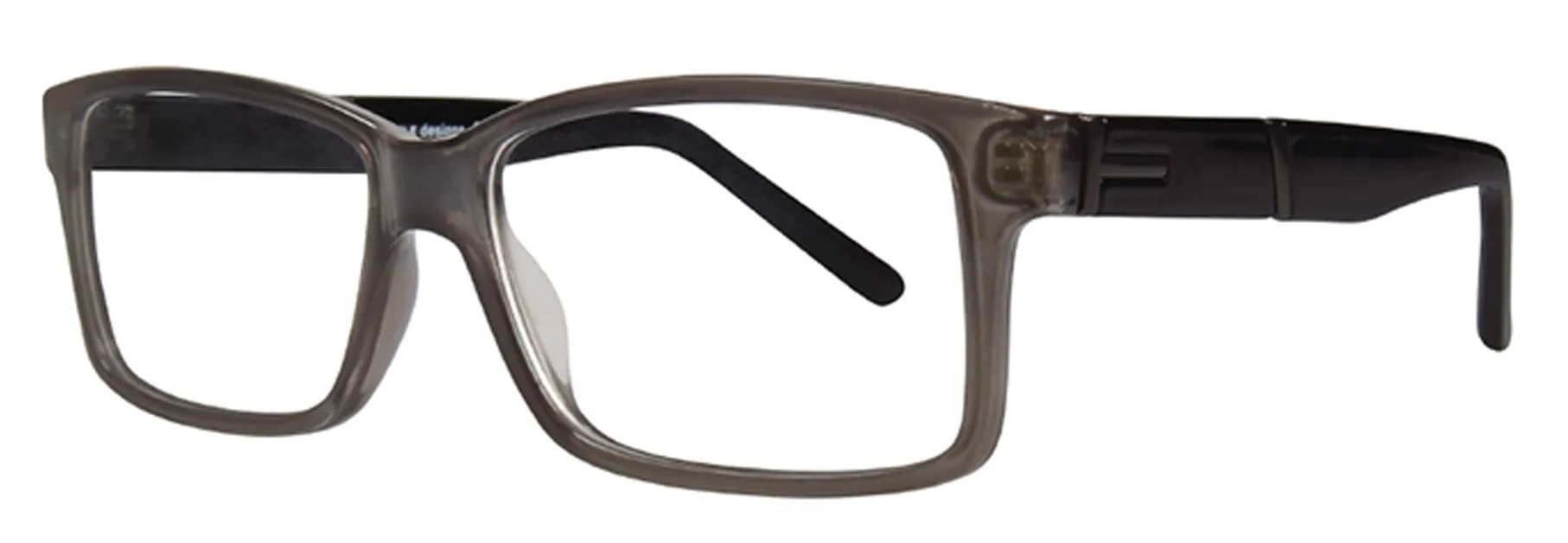
Maintaining optimal vision and safeguarding your eye health requires more than just an initial eye examination. It involves ongoing care, regular check-ups, and timely updates to your eye glass prescription. Proactive management of your eyewear ensures sustained visual clarity and can help detect potential ocular issues early, preserving your long-term vision.
When to Get an Eye Exam for Prescription Updates
Understanding the appropriate intervals for professional eye exams is crucial for managing your vision health effectively and ensuring your eye glass prescription remains accurate. Regular check-ups are not only about updating your vision correction but also about monitoring your overall ocular well-being.
Recommended Frequency for Eye Health and Vision Changes
For most adults in 2025, optometrists recommend a comprehensive eye exam every one to two years, even if you experience no noticeable vision problems. This frequency allows for early detection of refractive changes and identifies potential eye diseases such as glaucoma, cataracts, or diabetic retinopathy, which may not present with obvious symptoms in their initial stages. Children and individuals with pre-existing conditions like diabetes, high blood pressure, or a family history of eye disease might require more frequent examinations, often annually, to closely monitor their ocular health and update their vision prescription as needed.
Recognizing Symptoms Requiring a New Eye Glass Prescription
Paying attention to subtle changes in your vision or experiencing new symptoms is key to knowing when to seek a new eye glass prescription. Common indicators include persistent blurry vision, whether at a distance, up close, or both. Frequent headaches, especially after reading or screen time, can signal digital eye strain or an outdated prescription. Other signs might include squinting to see clearly, difficulty with night driving due to glare or reduced clarity, or experiencing eye fatigue and discomfort. If your current glasses no longer provide crisp, comfortable vision, it’s a strong indication that an eye exam is needed to assess any changes in your refractive error.
Practical Solutions for Eyewear Prescription Renewal
Once you have a renewed eye glass prescription, several practical avenues exist for updating your eyewear. Choosing the right solution depends on your budget, current frames, and personal preferences. Eyewear prescription renewal can be a straightforward process, offering both convenience and cost-effectiveness.
The Convenience of Replacing Lenses in Old Frames Online
A highly convenient and often more economical option for eyewear prescription renewal is to replace the lenses in your existing frames. If your current frames are still in good condition and you love their style, simply getting new lenses can be an excellent choice. Many online optical providers now offer services where you can send in your old frames, along with your new eye glass prescription, and have them fitted with brand-new corrective lenses. This process saves you the cost of purchasing new frames entirely and ensures a comfortable fit since the frames are already accustomed to your face. For a comprehensive guide on updating your eyewear with new lenses, exploring options for replacement eyeglass lenses can provide detailed instructions and insights.
Cost Considerations: Is It Expensive to Put New Lenses in Old Frames?
The cost of putting new lenses in old frames is generally more affordable than purchasing a complete new pair of glasses. The primary expense is the lenses themselves, which can vary significantly based on material (e.g., high-index, polycarbonate), design (e.g., single vision, progressive lenses), and specialized coatings (e.g., anti-glare, UV protection, blue light filtering). While the initial outlay for new frames can be substantial, opting for lens replacement eliminates this cost. It offers a cost-effective way to achieve updated visual clarity without breaking the bank, making it a popular choice for budget-conscious consumers seeking quality vision correction. To explore various eye glass prescription options, including frames and lens features that match your needs and budget, you can conveniently browse collections that help solve your search for updated eyewear by visiting Mozaer’s eye glass prescription offerings.
【FAQ: Your Prescription Questions Answered】
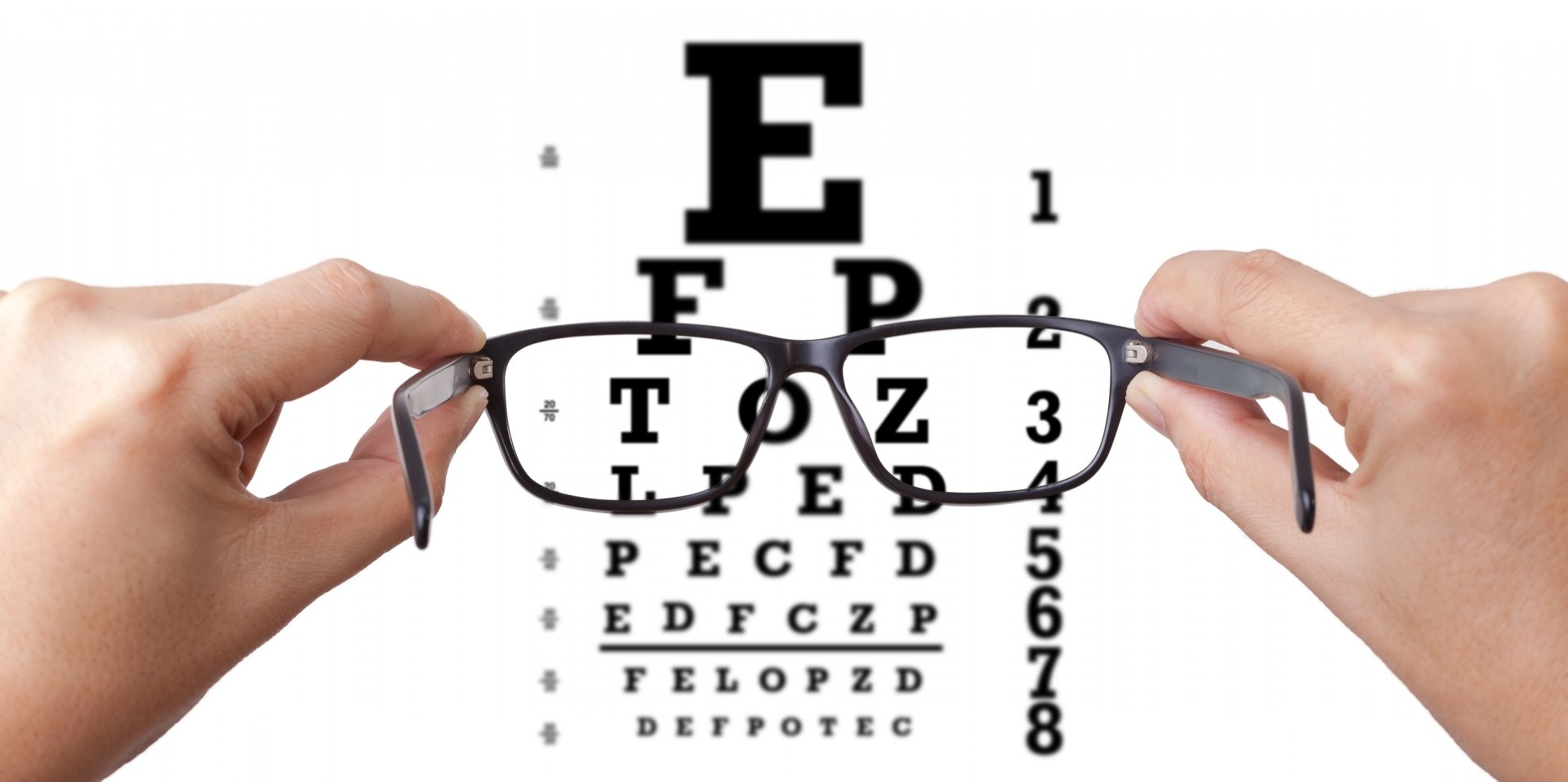
Common Questions About Eyeglass Prescriptions
Navigating the world of eye glass prescriptions can sometimes feel complex, especially with new technologies and services emerging. This section addresses common inquiries about obtaining, understanding, and renewing your vision correction needs, ensuring you have the clearest information for your ocular health.
How to Get an Eye Glass Prescription Online?
While some online platforms offer convenience, obtaining an initial, comprehensive eye glass prescription typically requires an in-person visit to an optometrist or ophthalmologist. A thorough eye exam checks not just your refractive error but also screens for serious eye conditions like glaucoma, cataracts, and diabetic retinopathy, which online vision tests cannot adequately detect. Some online services can provide a refraction-only test for renewal purposes if you have a recent prescription and your eyes are healthy, but these are not a substitute for a full ocular health assessment. Always prioritize a professional eye care provider for a complete evaluation of your visual acuity and eye health.
Can I Renew My Eye Glass Prescription Online?
Yes, for many individuals in 2025, it is possible to renew an eye glass prescription online, provided certain conditions are met. These online prescription renewal services, often facilitated through tele-optometry platforms, typically involve a virtual vision test to assess changes in your refractive error. They are generally suitable for healthy adults with a stable vision history who require an update to their corrective lenses without a full eye health check. It’s crucial to understand that these online renewals focus primarily on your vision correction numbers and do not evaluate underlying eye diseases. Therefore, while convenient for updating your eye glass prescription and exploring options for cheap glasses and frames, they should not replace periodic comprehensive in-person eye exams that monitor your overall ocular wellness.
What Do Numbers on My Eye Glass Prescription Mean?
Understanding the numbers and abbreviations on your eye glass prescription is key to deciphering your vision correction needs. “OD” (Oculus Dexter) refers to your right eye, while “OS” (Oculus Sinister) denotes your left eye. The “SPH” (Sphere) value indicates the main power needed to correct nearsightedness (minus sign) or farsightedness (plus sign). “CYL” (Cylinder) and “Axis” address astigmatism; Cylinder specifies the amount of astigmatism, and Axis indicates its orientation from 1 to 180 degrees. If you require multifocal or progressive lenses, “ADD” (Addition) denotes the magnifying power for reading. Finally, “PD” (Pupillary Distance) measures the distance between your pupils, crucial for accurate lens placement. These precise measurements ensure your eye glass prescription provides optimal visual clarity.
How Often Should I Get an Eye Exam for Prescription Updates?
The frequency for eye exams and subsequent prescription updates varies based on age, health, and risk factors. For most healthy adults, a comprehensive eye exam every one to two years is recommended to monitor changes in your vision correction and screen for early signs of eye diseases. Children and seniors, or individuals with certain medical conditions like diabetes, hypertension, or a family history of eye diseases such as glaucoma, typically require annual eye examinations. Regular check-ups are paramount for maintaining clear vision and detecting potential ocular health issues before they become severe, ensuring your eye glass prescription is always current and effective for your specific needs.
Can I Get Prescription Lenses for Audio Glasses?
Yes, if you own audio glasses, also known as smart glasses or audio eyewear, that are designed to integrate with prescription lenses, you can certainly have your eye glass prescription incorporated into them. Many popular brands and models of these innovative devices, which often feature built-in speakers or bone conduction technology, offer this customization option. You typically provide your current eye glass prescription to the manufacturer or a specialized optical retailer. This allows you to combine your necessary vision correction with the audio functionality, offering a seamless and convenient experience. Integrating corrective lenses into your audio glasses ensures both optimal auditory engagement and crystal-clear visual acuity from a single, stylish device.
To explore a wide range of eye glass prescription options, including various frame styles and advanced lens features designed to meet your specific vision needs and budget, you can conveniently browse collections that help solve your search for updated eyewear by visiting Mozaer’s comprehensive eye glass prescription offerings.
Mastering Your Vision: A Clear Path Forward
Mastering your vision truly begins with a comprehensive understanding of your eye glass prescription. As we’ve explored, deciphering the precise numbers for Sphere, Cylinder, Axis, and Add power, alongside crucial measurements like Pupillary Distance, is fundamental to obtaining corrective lenses that perfectly match your unique visual requirements. These detailed values aren’t just arbitrary figures; they are the blueprint for clear, comfortable sight, addressing everything from nearsightedness and farsightedness to astigmatism and presbyopia.
The journey to optimal vision extends beyond merely getting a prescription; it involves choosing the right eye care professional and understanding the best approach for obtaining or renewing your visual assessment. While online tests offer convenience for simple renewals, comprehensive in-person eye exams conducted by optometrists or ophthalmologists remain invaluable for detecting underlying eye health conditions and ensuring the most accurate and holistic assessment of your ocular well-being. This proactive approach safeguards your long-term vision, preventing potential issues before they escalate.
Furthermore, the choice of your eyeglass lenses—from material options like polycarbonate, high-index, and Trivex for durability and lightness, to designs like single vision or progressive for tailored focal solutions—plays a pivotal role in your daily visual experience. Enhancing these lenses with crucial coatings such as anti-glare for reduced reflections and UV protection for eye health adds layers of comfort and longevity. Even for specialized needs like readers reading glasses or integrating prescriptions into audio glasses, modern optical solutions are readily available.
Ultimately, maintaining impeccable vision and eye health is an ongoing commitment. Regular eye exams, recognizing subtle changes in your sight, and understanding practical renewal options—such as economically replacing lenses in existing frames—are key to sustained visual clarity. By empowering yourself with this knowledge, you’re not just getting a pair of glasses; you’re investing in a lifetime of clear, comfortable vision. Explore Mozaer’s comprehensive eye glass prescription offerings to find the perfect eyewear tailored to your refined understanding and visual needs.

Leave a Reply